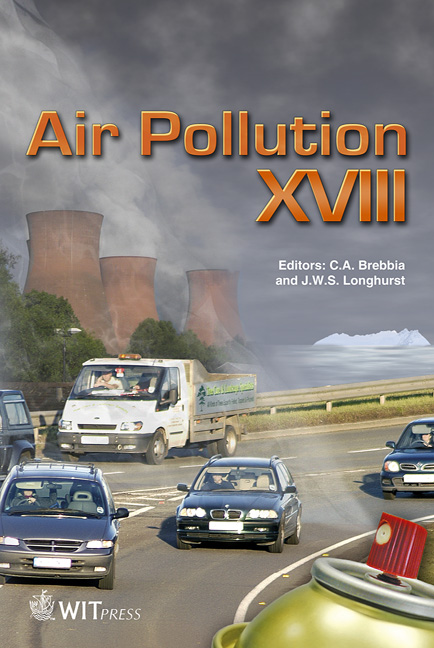Remote Sensing Data Assimilation In WRF-UCM Mesoscale Model: Madrid Case Study
Price
Free (open access)
Transaction
Volume
136
Pages
10
Page Range
15 - 24
Published
2010
Size
1,483 kb
Paper DOI
10.2495/AIR100021
Copyright
WIT Press
Author(s)
R. San José, J. L. Pérez, J. L. Morant & R. M. González
Abstract
Data assimilation is a powerful numerical technique that is used to substantially improve numerical meteorological simulations. In this contribution we have used the WRF mesoscale meteorological model (NCAR, US) to show the importance of using remote sensing data (satellite and tower data), the sensitivity of the results and the improvement when compared with observational surface data (wind and temperature). We have used CLC100 m instead of GTOPO 30’’, 10 m spatial resolution GIS data of Madrid (Spain) city to produce urban land use types according to the Urban Canopy Model (UCM) (NCAR) approach: airborne temperature (4 m spatial resolution), albedo, anthropogenic heat flux, shadowing in UCM and tower data (wind and temperature). The results show a high sensitivity to all of these parameters. For historical simulations - where in-situ meteorological data is available - data assimilation is a crucial tool to improve the results. The sensitivity of the results to the different high resolution input data is also crucial for the results of the simulation. The correlation coefficient for temperature is improved up to 0.960. Keywords: remote sensing, data assimilation, mesoscale models. 1 Introduction Data assimilation methods have been used in meteorological simulations for the last 50 years. The first methods included the so-called Cressman algorithm or
Keywords
remote sensing, data assimilation, mesoscale models





